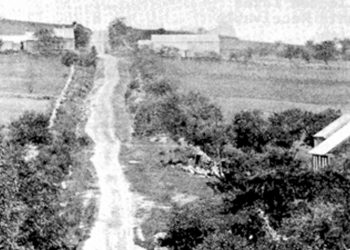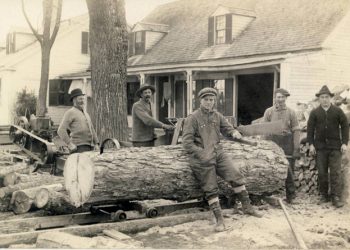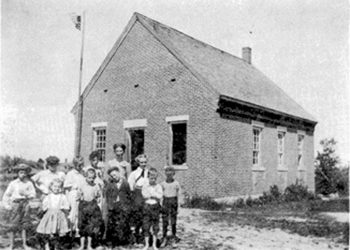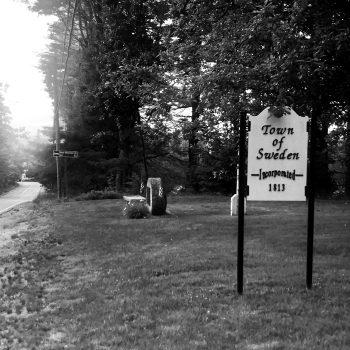Sweden, Maine, since 1813
Our history
Along rolling hills and tucked into overgrown forests, remnants of Sweden’s past can be found in cellar holes, stone walls, and historic buildings that still remain from the 1800’s.
1794
The southeast portion of Lovell (which would become Sweden) was first settled in 1794 by Colonel Samuel Nevers from Burlington, Massachusetts. He was followed in 1795–1796 by Jacob Stevens from Rowley, Benjamin Webber from Bedford, Andrew Woodbury and Micah Trull from Tewksbury, and Peter Holden from Malden. This southeastern portion of Lovell was referred to as “Southland.”
1813
On February 26, 1813, with the concurrence of Lovell, Southland broke away and became known as Sweden (although on the plan which accompanied the petition for incorporation, it was still labeled Southland). The surface of the town was somewhat broken, but had good soil for farming. In the nineteenth century, the original settlers and their offspring occupied the majority of the best sites for agriculture, also using the land for raising livestock and timber harvesting.
1850's
As the town matured, residents established supporting businesses such as saw mills, tanneries, and apple presses. The town also maintained four small stores, a blacksmith shop, cooperages, at least one wheelwright shop, a post office, and eventually even a dance hall and bowling alley. All of this took place with no single commercial center, no immediate access to railroads, and roads that remained unpaved until the 1960’s. Most physical remains of those years appear only in traces such as roads, stone walls, cellar holes, and an occasional shed that once served a rural business.
1900
Following the Civil War, Sweden families moved west where more promising farmland was available at little or no cost. By 1900, the population had decreased from over 700 in the 1850s, to about 300. Through abandonment and fires, the old homesteads disappeared, leaving only foundations. Tracts of second and third growth trees dominate Sweden’s landscape today, interspersed with a multitude of stone walls attesting to the once-cleared farmlands. Although phone service had been implemented much earlier, it was not until 1948 that the town got electricity for the first time.
Present
Since 1900, commercial activities have been limited to low-impact businesses including timber harvesting, apple growing, and two summer recreational camps for children. Recently, the summer and year-round population has rebounded with vacationers, retirees, and commuters. Sweden’s ponds and rural areas attract both hunting and fishing enthusiasts, as well as those who enjoy the serenity and the spectacular views of the White Mountains.




Sweden Town Office
147 Bridgton Road • Sweden, ME 04040
Phone: (207) 647-3944 • Fax: (207) 647- 3946
HOURS: Friday: 9am – 4pm
Saturday 9am – noon: (2nd and 4th of each month)
